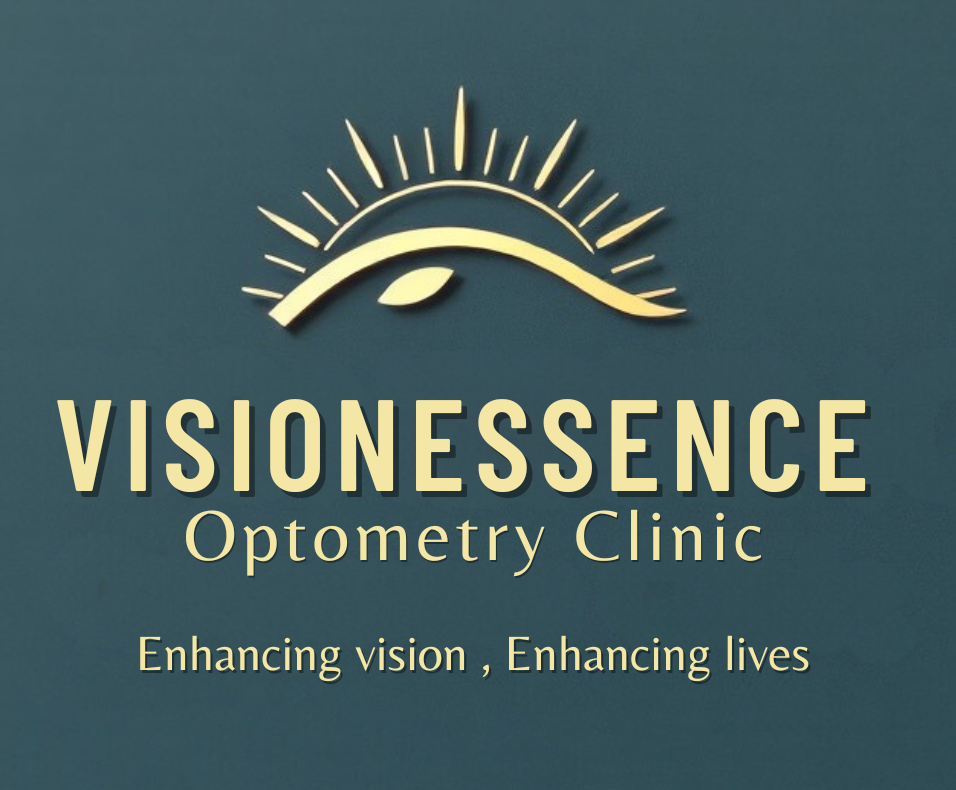Amblyopia
What is Amblyopia?
What is Amblyopia?
Amblyopia, commonly known as “lazy eye,” is a vision development disorder where one eye fails to achieve normal visual acuity, even with corrective lenses. It usually occurs in childhood and can lead to permanent vision impairment if not treated early. The brain favors one eye over the other, resulting in reduced vision in the affected eye.
Causes of Amblyopia
Strabismus: Misalignment of the eyes (squint) is the most common cause. The brain suppresses the image from the misaligned eye to avoid double vision, leading to amblyopia.
Refractive Errors: Significant differences in refractive errors (such as nearsightedness, farsightedness, or astigmatism) between the two eyes can cause amblyopia. The brain may ignore the image from the eye with a stronger prescription.
Deprivation: Conditions that obstruct vision in one eye, such as cataracts or ptosis (droopy eyelid), can lead to amblyopia. When the eye cannot send clear images to the brain, it can result in poor visual development.
Other Neurological Conditions: In some cases, other health conditions affecting the brain or nervous system can contribute to the development of amblyopia.
Treatment of Amblyopia
Corrective Lenses: Prescription glasses or contact lenses can correct refractive errors and improve vision in the affected eye.
Patching: Covering the stronger eye with a patch forces the brain to use the weaker eye, helping improve its visual acuity. This is often done for several hours a day over a period of weeks or months.
Atropine Drops: In some cases, atropine eye drops may be used in the stronger eye to temporarily blur its vision, encouraging use of the weaker eye instead.
Vision Therapy: A structured program of eye exercises may be recommended to improve visual skills and coordination between the eyes.
Surgery: If amblyopia is caused by strabismus or a physical obstruction, surgical intervention may be necessary to correct the alignment of the eyes or remove the obstruction.
Importance of Early Diagnosis
Early detection and treatment of amblyopia are crucial for effective management. The critical period for treating amblyopia typically occurs before the age of 7, as the brain is more adaptable during this time. If left untreated, amblyopia can lead to long-term vision impairment and difficulties in daily activities. Regular eye examinations, especially for children, are essential for identifying and addressing vision problems early on.
